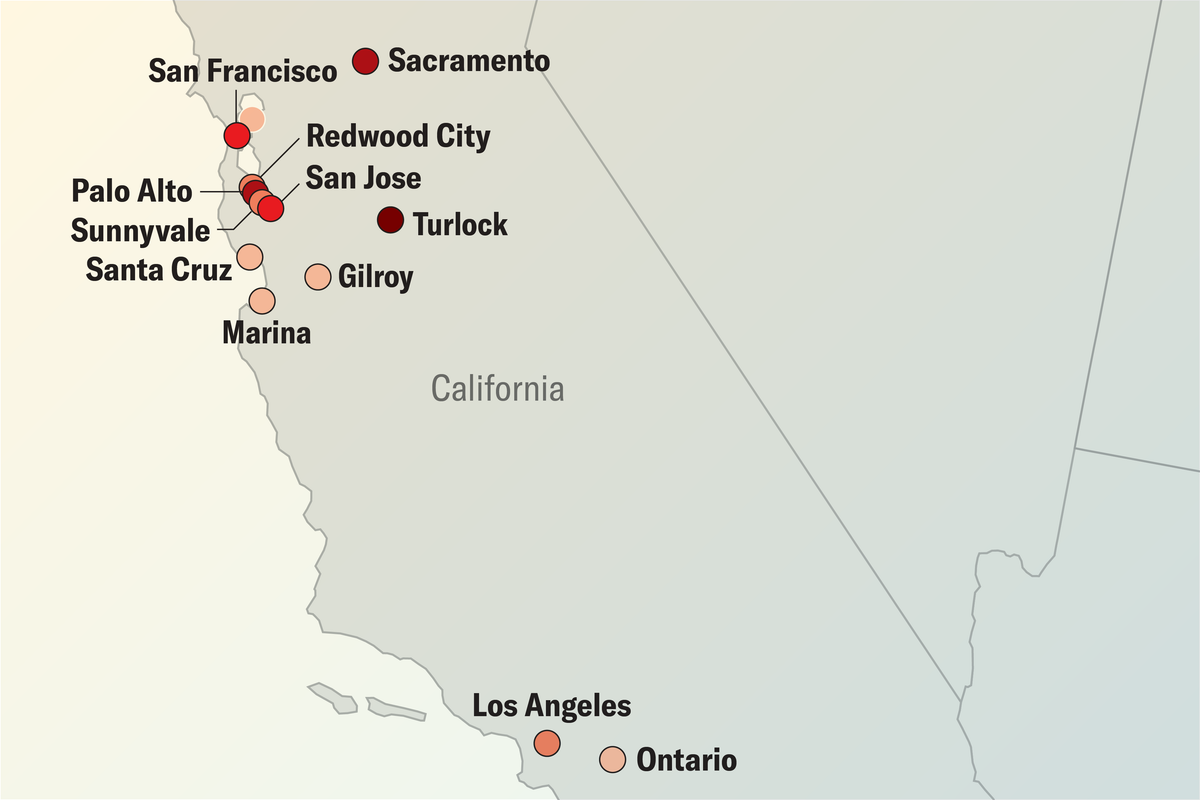Since the first avian influenza outbreaks hit the U.S. early this year, health and agriculture experts have struggled to track the virus’s spotty path as it spreads in dairy cow herds and an unknown number of humans. Infection risk still seems low for most people, but dairy workers and others directly exposed to cows have… Continue reading There’s Bird Flu in California Wastewater. What’s Next?
Category: Quantum Stuff
What Can Birdsong Teach Us About Human Language?
It’s fair to say that enjoyment of a podcast would be severely limited without the human capacity to create and understand speech. That capacity has often been cited as a defining characteristic of our species, and one that sets us apart in the long history of life on Earth. Yet we know that other species… Continue reading What Can Birdsong Teach Us About Human Language?
What Might Happen to Public Health under RFK, Jr.
Many scientists at the federal health agencies await the second Donald Trump administration with dread as well as uncertainty over how the president-elect will reconcile starkly different philosophies among the leaders of his team. Trump has promised he would allow Robert F. Kennedy Jr. to “go wild” on medicines, food, and health. With that, a… Continue reading What Might Happen to Public Health under RFK, Jr.
How Astronomers Tried to Communicate with the Cosmos
[CLIP: Sound of Arecibo message being sent] Rachel Feltman: For Scientific American’s Science Quickly, I’m Rachel Feltman. On November 16, 1974, humanity sent an unprecedented message into the stars. [CLIP: Frank Drake gives a speech on the day of the Arecibo transmission: “If we go as far away as Mars or the other planets and… Continue reading How Astronomers Tried to Communicate with the Cosmos
In the Quantum World, Even Points of View Are Uncertain
To see how, consider two reference frames; we’ll label them A and B. Let’s say that A’s origin is anchored to a quantum object that has probabilities of being found in various locations. From the perspective of B, A’s location is smeared over some region. But from the perspective of A, the distance to B… Continue reading In the Quantum World, Even Points of View Are Uncertain
What Is Distributed Computing? | Quanta Magazine
No device is an island: Your daily computational needs depend on more than just the microprocessors inside your computer or phone. Our modern world relies on “distributed computing,” which shares the computational load among multiple different machines. The technique passes data back and forth in an elaborate choreography of digital bits — a dance that… Continue reading What Is Distributed Computing? | Quanta Magazine
New Elliptic Curve Breaks 18-Year-Old Record
In August, a pair of mathematicians discovered an exotic, record-breaking curve. In doing so, they tapped into a major open question about one of the oldest and most fundamental kinds of equations in mathematics. Elliptic curves, which date back to at least ancient Greece, are central to many areas of study. They have a rich… Continue reading New Elliptic Curve Breaks 18-Year-Old Record
The Cosmos Teems with Complex Organic Molecules
But the chemical assembly process probably doesn’t end in the cloud. According to Booth, “we’ve got some really interesting results that might tell us that we’re enhancing [chemical] complexity during planet formation.” As material moves around in the disk, it experiences dramatically varying conditions. The disk’s surface is exposed to heat and radiation, while its… Continue reading The Cosmos Teems with Complex Organic Molecules
What’s the Roundest Object in the Universe?
Every now and again I’ll get a weird thought in my head that sits there demanding an answer. Sometimes it’s trivial, and sometimes it sounds silly but then leads into some fun insights. This time, my brain decided to fixate on a simple question: What’s the roundest object in the universe? By that I mean,… Continue reading What’s the Roundest Object in the Universe?
How Public Key Cryptography Really Works
For thousands of years, if you wanted to send a secret message, there was basically one way to do it. You’d scramble the message using a special rule, known only to you and your intended audience. This rule acted like the key to a lock. If you had the key, you could unscramble the message;… Continue reading How Public Key Cryptography Really Works









